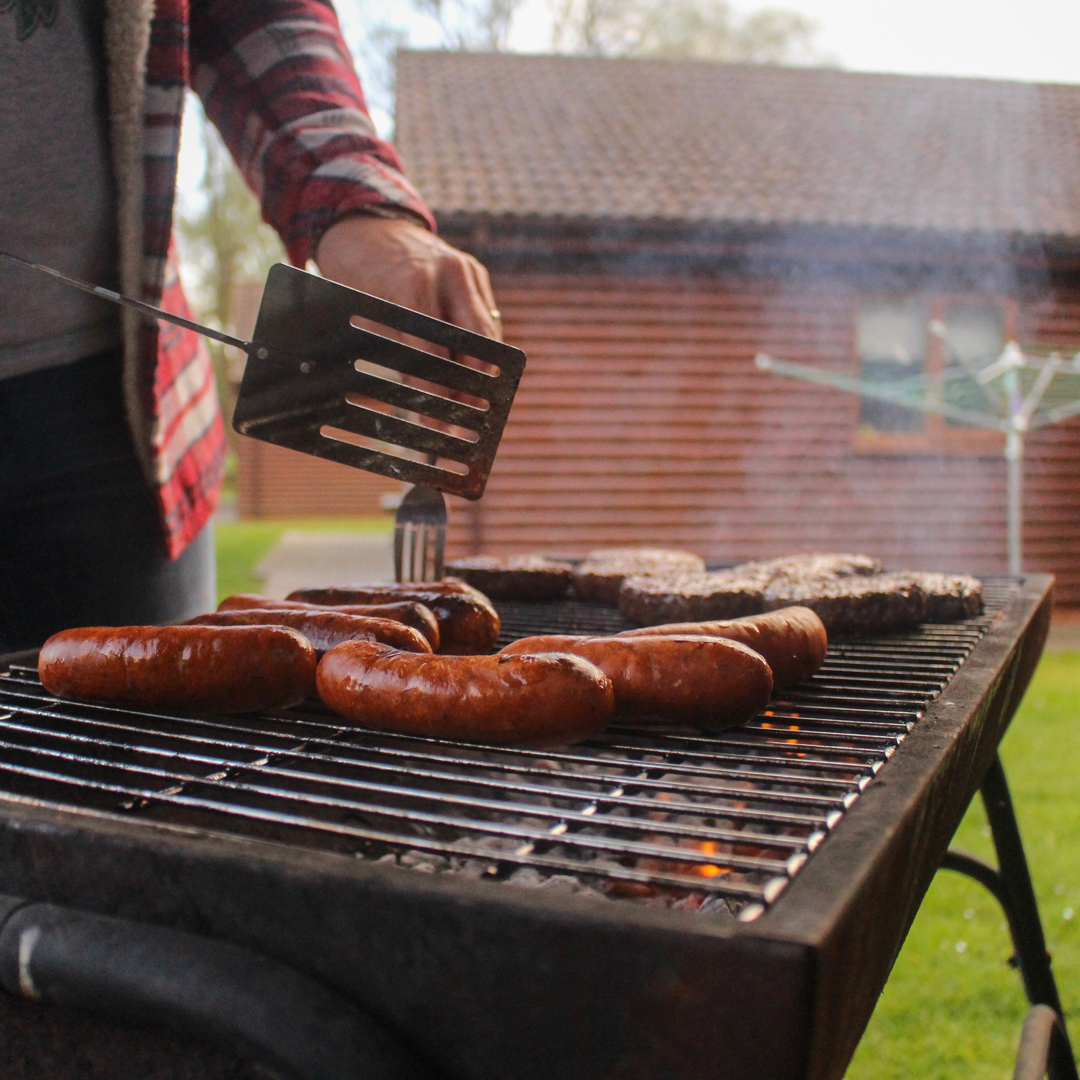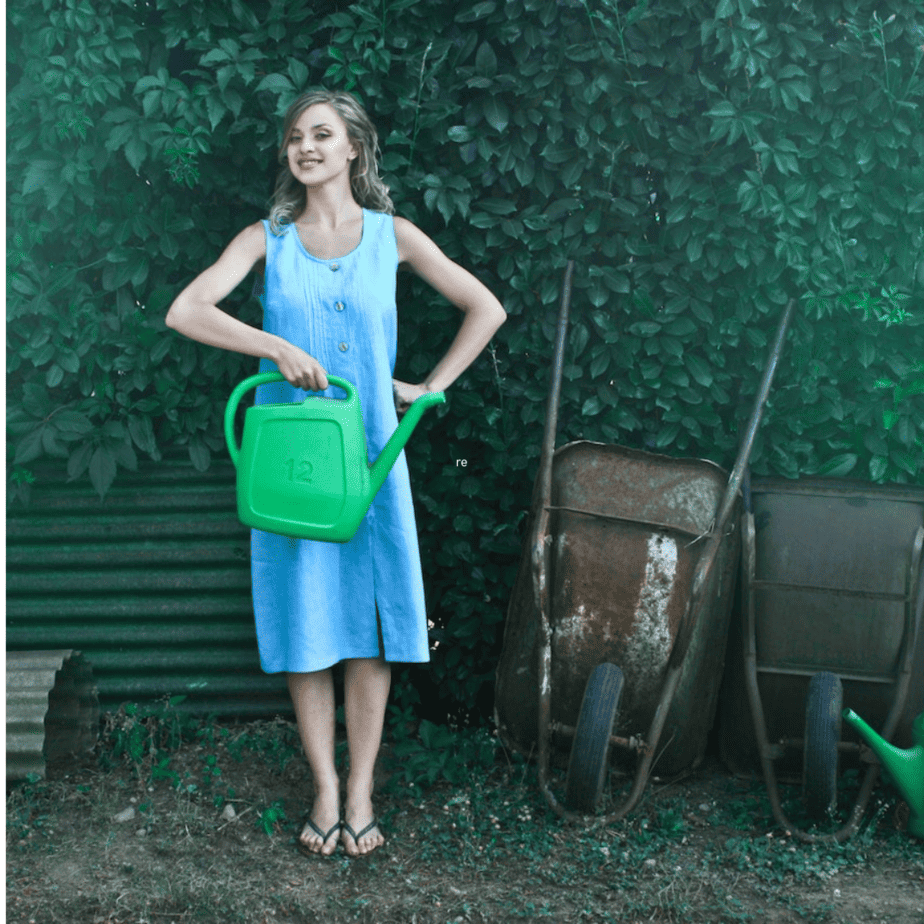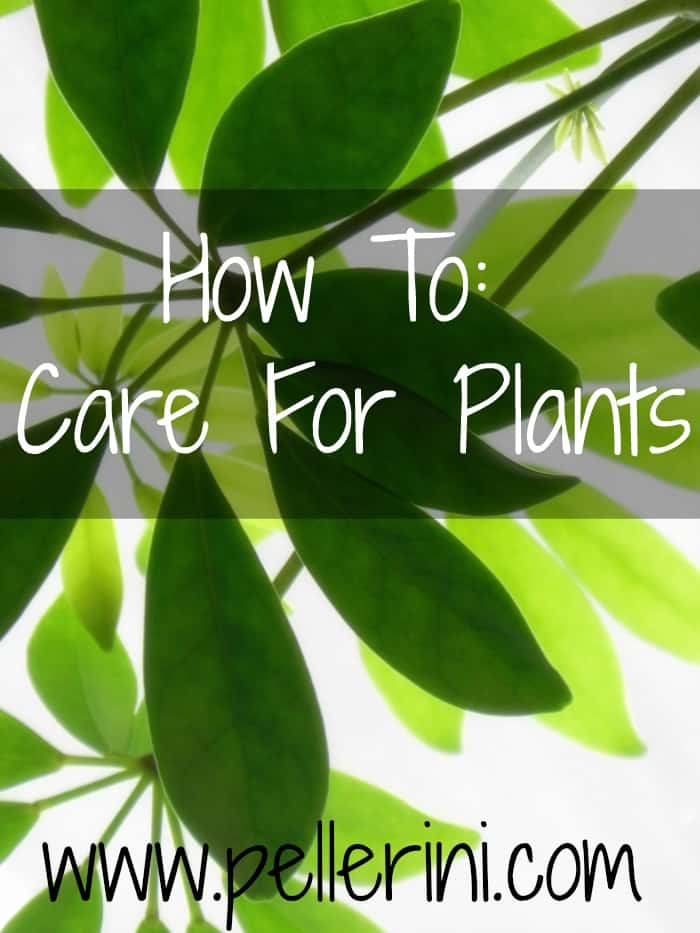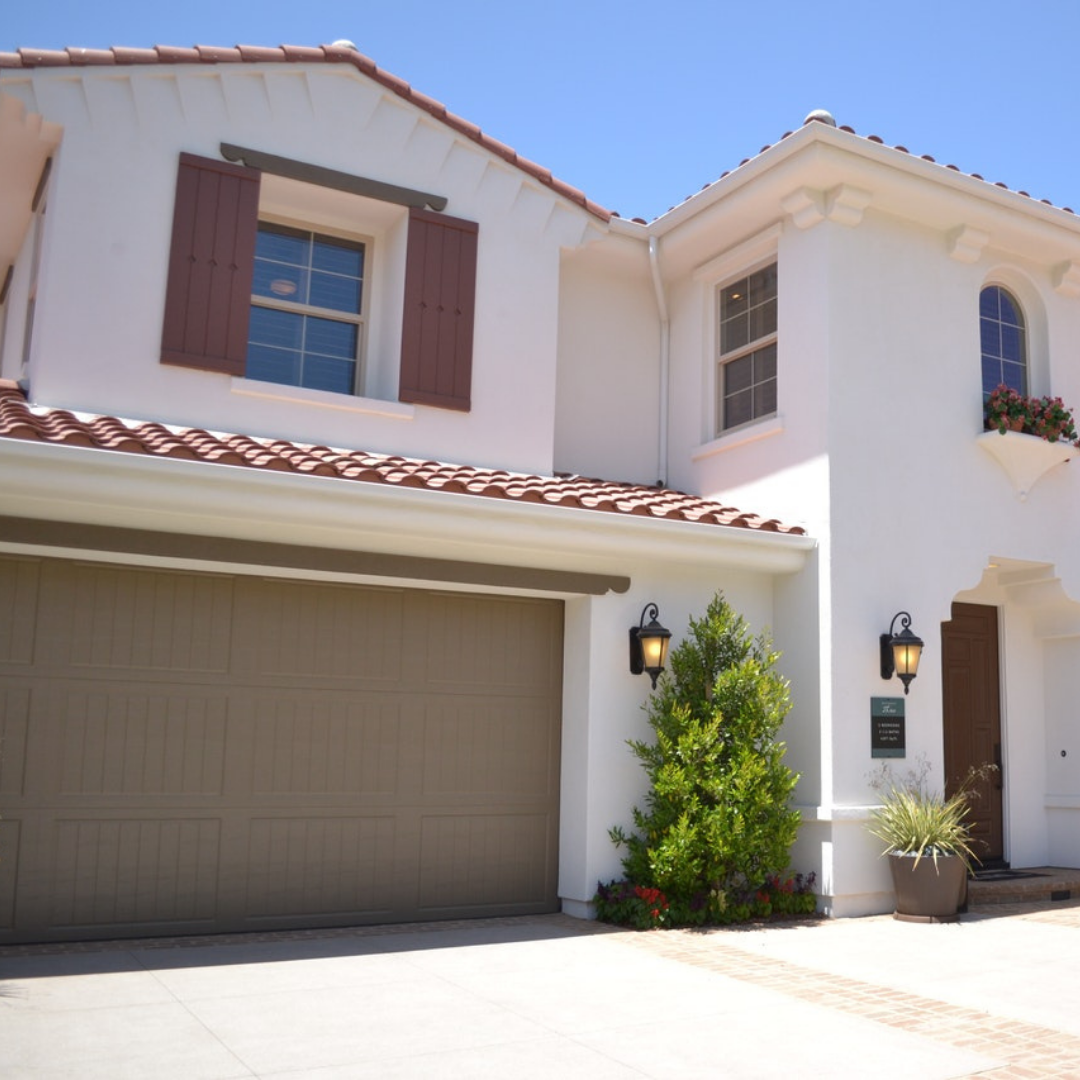How does the climate in Maricopa County impact artificial grass selection decisions?
In Maricopa County, where the desert sun is at its prime, conserving water is important; the decision to opt for artificial grass installation in the area is beneficial for both aesthetics and is considered a practical choice for climate awareness. In a region where maintaining green lawns can be expensive and unsustainable, residents and businesses are turning to artificial turf solutions as a means to overcome the challenges of the temperatures and limited water resources in the region. The unique weather conditions influence the artificial grass installation in Maricopa County, and it’s a key step towards sustainable landscaping practices that connect with the environment while ensuring lasting greenery in a mostly deserted region.

Impact of Maricopa County’s Climate on Artificial Grass
In Maricopa County, the climate plays a significant role in influencing your choice of landscaping materials, including the selection of artificial grass. The intense heat and prolonged drought conditions necessitate materials that can withstand extreme temperatures and conserve water.
Additionally, Maricopa County’s arid climate demands landscaping solutions that require minimal maintenance and remain strong against sun damage. Therefore, artificial grass becomes an appealing option due to its durability and ability to maintain its aesthetic appeal even in harsh environmental conditions.
Temperature and Sunlight Effects
The climate in Maricopa County is notably hot, with temperatures frequently soaring above 100°F. Artificial turf can absorb and retain heat, sometimes resulting in surface temperatures much higher than the surrounding air. You must choose a turf with heat-resistant properties to ensure it does not become too hot to use, especially during peak sunlight hours. Always check the specifications for heat tolerance when considering artificial grass for your home. Additionally, using infill materials designed to reflect heat rather than absorb it can significantly reduce the surface temperature of artificial turf. Incorporating shade structures or strategically planting trees can also help mitigate the heat, creating a more comfortable environment. It’s important to balance aesthetics with functionality to maintain a safe and enjoyable outdoor space in such a hot climate.
Water Conservation and Drought
Maricopa County often experiences drought conditions, and water conservation is a pressing concern. By choosing artificial grass, you eliminate the need for regular watering, unlike natural grass. This factor makes artificial turf an attractive option for Arizona homeowners looking to reduce their water usage. The artificial option supports Arizona’s water conservation efforts as natural resources, like the Colorado River, face increasing stress.
Environmental and Health Considerations
Choosing artificial grass in Maricopa County can have environmental and public health benefits. For example, it eliminates the need for gas-powered lawn equipment, reducing air pollution to benefit both the environment and public health. However, in certain conditions, synthetic fields can contribute to urban heat island effects, which are of particular concern given the region’s already high temperatures and heat-related deaths. Selecting lighter-colored materials or those with lower heat absorption rates can mitigate these concerns, as can integrating native plants or low-water-use plants into your landscaping to support local wildlife and improve air quality.
Types and Materials of Artificial Grass
Artificial grass has become an increasingly popular choice for various applications, from residential lawns to sports fields and commercial landscapes. This section will delve into the different types and materials of artificial grass, helping you understand the options available and their specific characteristics. There are three main types of artificial grass: nylon, polyethylene, and polypropylene, each offering unique benefits and suitability for different applications. Nylon is known for its durability and ability to withstand heavy foot traffic, making it ideal for sports fields and playgrounds. Polyethylene provides a more natural look and softer texture, often used for residential lawns and commercial landscapes, while polypropylene, being the most cost-effective, is suitable for decorative purposes and light-traffic areas.
Types of Artificial Grass
Artificial grass comes in various types tailored for specific purposes and environments. Nylon grass stands out for its durability and resilience, enduring heavy foot traffic and harsh weather conditions while maintaining its shape and color, making it ideal for sports fields and commercial areas. However, its durability comes with a higher price tag. Polyethylene grass offers a softer, more natural look, perfect for residential lawns, with UV resistance and a comfortable feel underfoot. It balances aesthetics and performance well but may not match nylon’s durability. Polypropylene grass, the most economical choice, suits decorative purposes in low-traffic areas but lacks the durability of nylon and polyethylene. It’s a budget-friendly option for projects prioritizing cost over longevity, but not suitable for high-traffic or harsh environments.
Materials Used in Artificial Grass
The materials in artificial grass are pivotal for its durability and appearance. Backing materials, like polypropylene or polyester, provide stability and hold grass fibers in place. Nylon, polyethylene, and polypropylene are common yarn materials, each offering different softness and durability levels. Nylon is durable for high-traffic areas, polyethylene is realistic for residential lawns, and polypropylene is cost-effective for decoration. Infill materials, such as silica sand, crumb rubber, or organic infills like cork, enhance stability and performance. They affect feel, drainage, and longevity, which are important for overall performance and user satisfaction.
Longevity and Replacement
The longevity of your artificial grass is greatly influenced by the quality of the material and the level of upkeep. High-quality artificial grass can last up to 15-20 years with proper care. However, bear in mind that certain areas of your lawn that receive more wear may need replacement sooner than others.
When assessing durability, consider how well the material resists fading in constant sunlight and adapts to shade. Also, while artificial grass doesn’t necessitate mowing, it may require infill replenishment over time to keep the blades standing upright, ensuring continued comfort underfoot.
For homeowners in Maricopa County, adapting your artificial grass choice to the local climate can reduce the frequency of replacement, thereby making it a cost-effective solution in the long term. When the time for replacement does arise, investing in a new installation is an opportunity to upgrade to the latest materials that may offer better adaptation to your climate and needs. For professional installation, consider reaching out to a reputable local installer renowned for their expertise in the region.
Conclusion
In selecting artificial grass for your landscape in Maricopa County, it is essential to consider the local climate’s impact. The high temperatures and intense sunlight necessitate choosing a product that withstands extreme heat and minimizes heat retention. Durability and UV resistance are also crucial to ensure your artificial turf maintains its color and integrity over time. By taking these factors into account, you ensure that your investment in artificial grass is both functional and aesthetically pleasing, catering to the unique environmental conditions of the region.






